
The Aquatic Terror in Chinese Creature Feature 'Abyssal Spider' is... a
Sea spiders are benthic animals, and can be found from the coastal zone down to very deep waters. Some species can also display pelagic behaviour. Sea spiders move slowly, so they feed on stationary or slow-moving animals. They eat anything from sea nettles, sponges and snails, to bristle worms and algae.

Giant Sea Spider Deep Sea Creature Stock Illustration Download Image
Sea Spider (Service Tide) New name: Service Tide. Platform supply vessel of the large and proven PX105 design. The loading deck area is in excess of 1,000 square metres and the vessel has a load capacity of 4,700 tonnes. Vessel Type Platform supply Design PX105 Ulstein Design & Solutions AS Related Solutions X-BOW® ULSTEIN POWER solutions
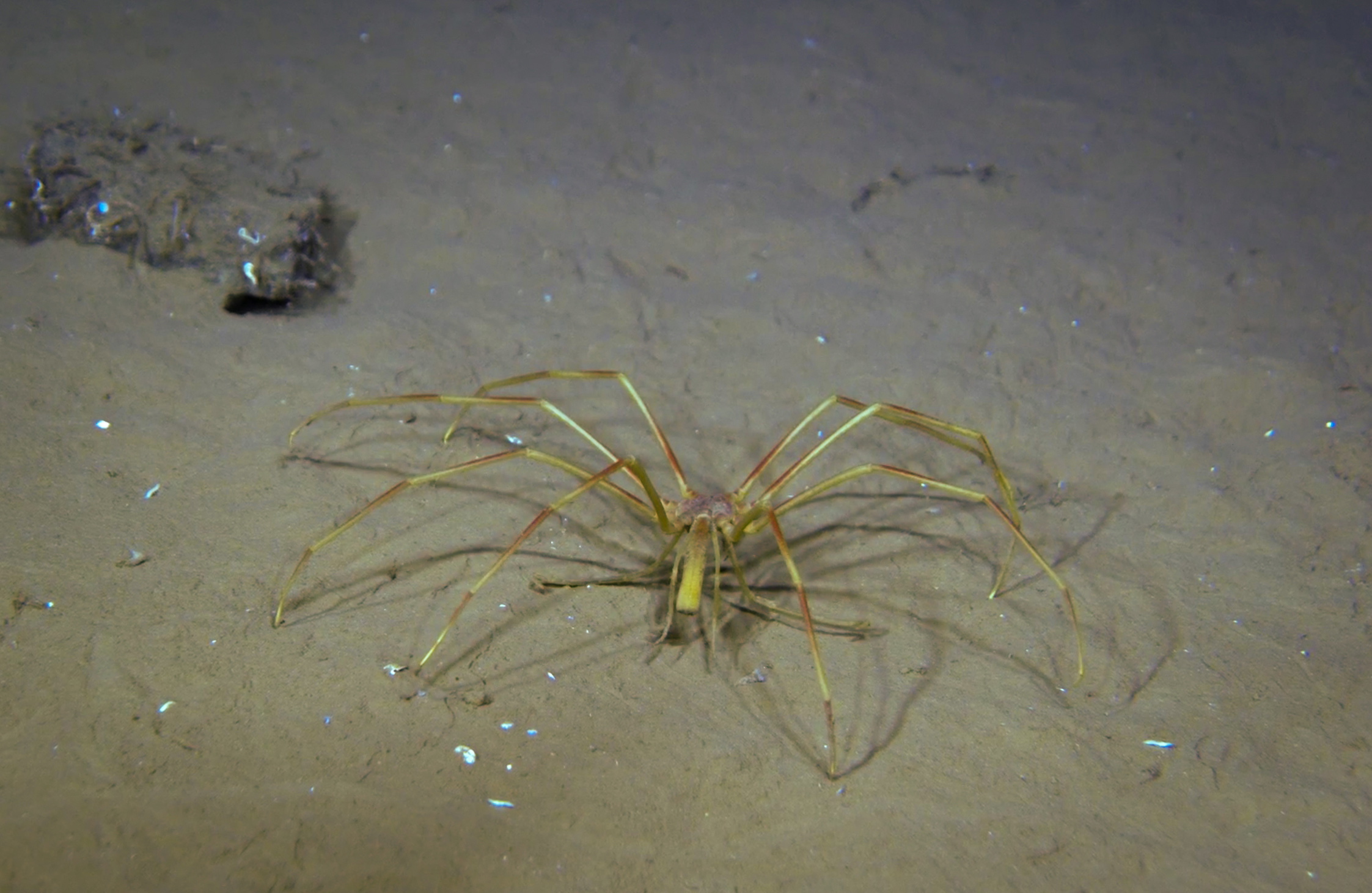
Hidden Ocean 2016 Studying the Deep NOAA Office of Ocean Exploration
As of Thursday the Houthis had launched 27 different attacks on vessels transiting the Southern Red Sea, Pentagon spokesman Maj. Gen. Pat Ryder said at a Pentagon press conference.

Sea spiders move oxygen with pumping guts (not hearts)
Sea spiders, also known as pycnogonids, are a fascinating group of marine arthropods found in oceans around the world. They belong to the class Pycnogonida within the phylum Arthropoda, which also includes true spiders, insects, and crustaceans. Don't be fooled by their appearance, as they are not true spiders or arachnids despite their eight.
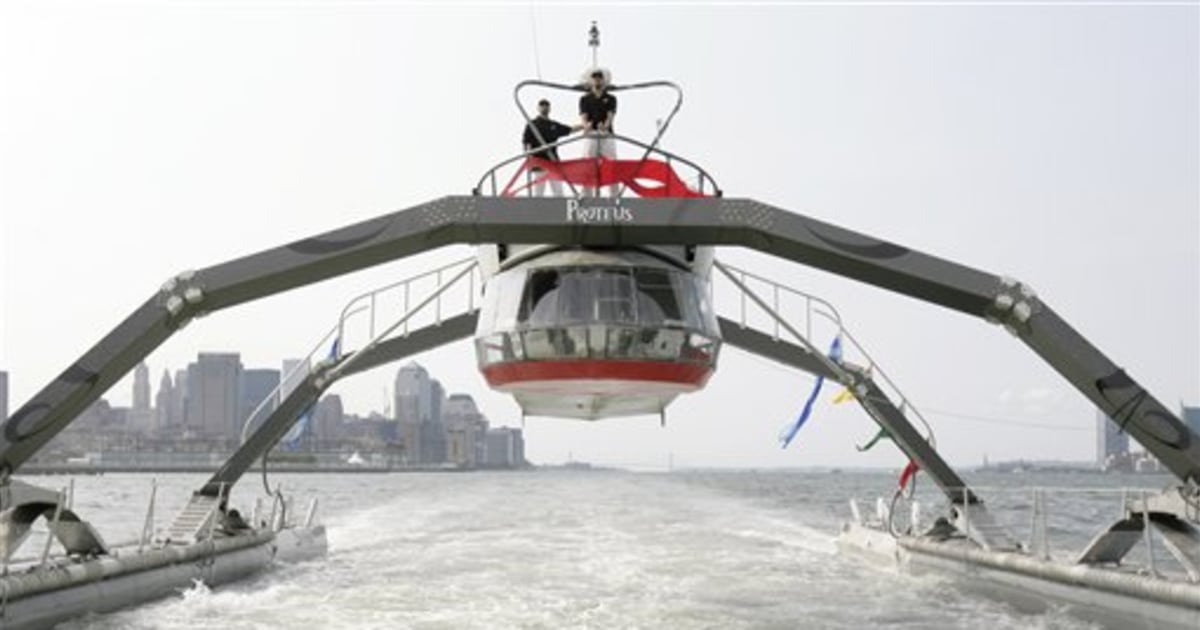
Spiderlike vessel hits New York waters
The sea spider is an arthropod that can survive in every sea and ocean in the world. Physical Characteristics Length: Up to 20 inches (50 cm) Weight: Up to 1 ounce (28 grams) Lifespan: Up to 20 years Key Information Scientific name: Pycnogonida Predators and Threats: Fish, crabs, and other sea spiders

Sea spider / Havedderkopp (Nymphon gracile) Hitra, Norway Flickr
Sea spiders eat sponges, jellyfish, sea anemones, and other prey. One group of scientists even observed a sea spider clipping off a sea anemone's tentacles in order to suck out the juices later. 7.

How Giant Sea Spiders May Survive in Warming Oceans The New York Times
Sea spiders are marine arthropods of the order Pantopoda [1] ( lit. 'all feet' [2] ), belonging to the class Pycnogonida, [3] hence they are also called pycnogonids ( / pɪkˈnɒɡənədz /; [4] named after Pycnogonum, the type genus; [5] with the suffix -id ). They are cosmopolitan, found in oceans around the world.

Platform supply vessel (PSV) offshore support vessel SEA SPIDER ULSTEIN
Sea Spider to Protect Surface Vessels from Submarine's Attacks By Tamir Eshel - Oct 19, 2022 8582 Updated May 2023: The torpedo threat is increasingly diverse. Heavyweight torpedoes differ in their propulsion types, the type and configuration of their sensors, and their guidance capability.

The Proteus ‘Spider Ship’ is in Miami Sea isle, Boat, Miami houses
Sea Spiders (Pycnogonida) The Pycnogonida (Gr. pyknos, thick, dense + Gr. gony, knee) are a class of small, primarily benthic marine arthropods often called sea spiders because they superficially resemble the true, terrestrial spiders. Like true spiders, pycnogonids possess an anterior pair of chelicerae followed by a pair of pedipalps and four.
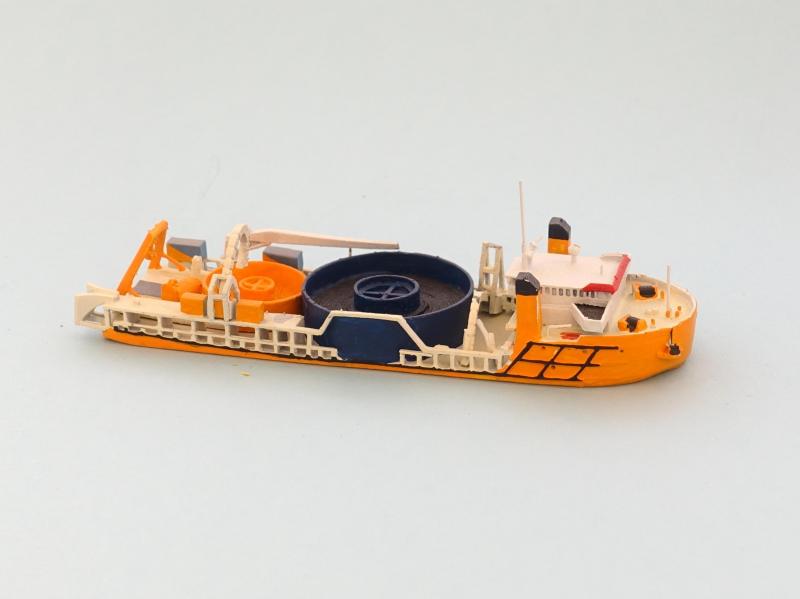
Sea Spider Martin 1250 Shipmodels
Meet the sea spider Sea spiders swim and crawl along sandy seafloors around the world. They might be as small as a grain of sand or as long as a housecat. When a sea spider discovers a soft-bodied animal to snack on, it thrusts its straw-like proboscis into the animal's flesh, then sucks out its insides like a smoothie. Animal type Invertebrates

Breathe Deep How the Antarctic Sea Spider Gets Oxygen The New York Times
The sea spider is a puzzle. Biologists traditionally place it within the same group as spiders and scorpions because its frontal grabbing appendages are similar to arachnids' muscular mouth appendages, called chelicerae. But whereas chelicerae grow out of the middle part of arachnid heads, sea spider grabbers seem to sprout from the front.
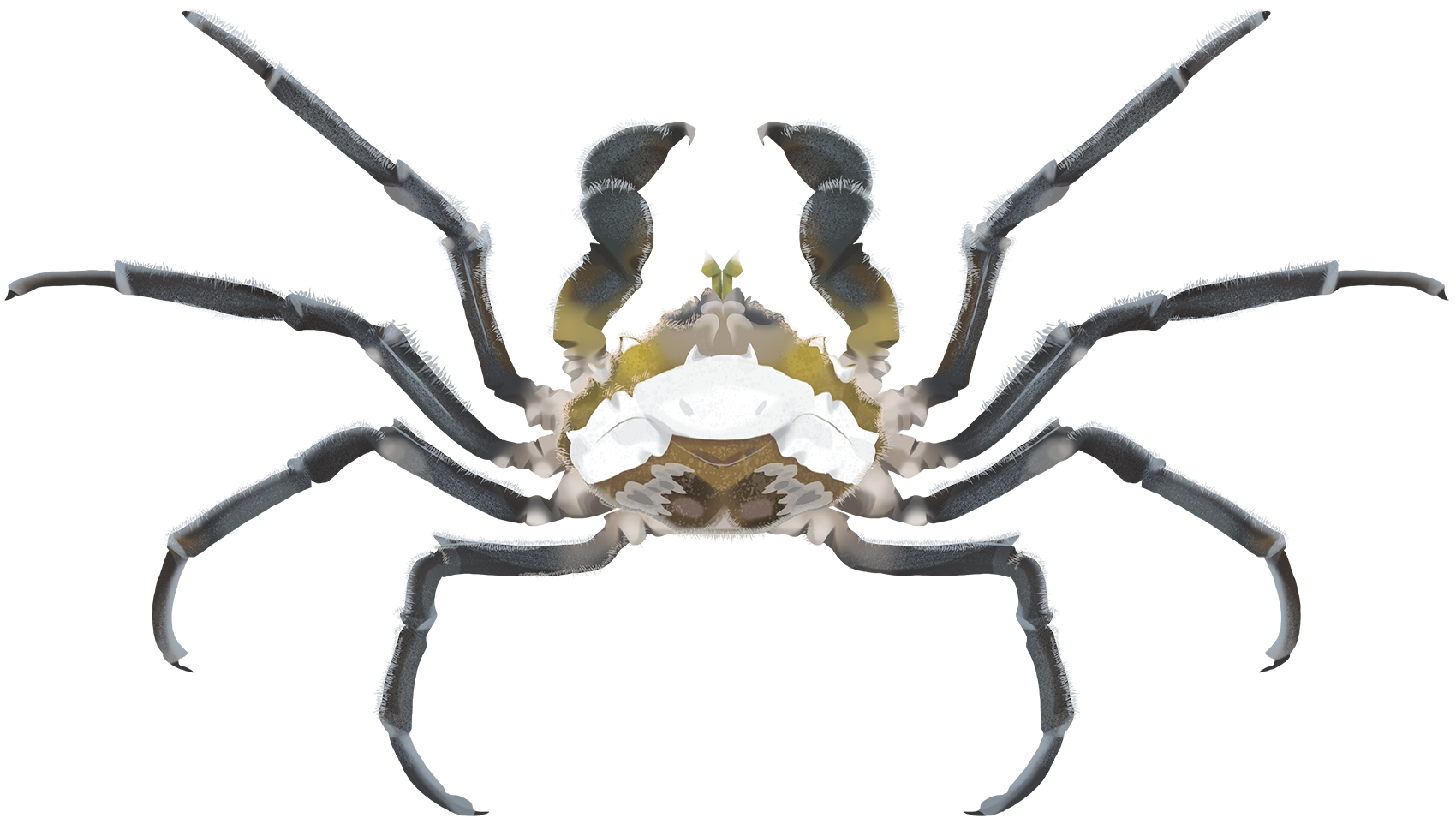
Threepronged Sea Spider Halicarcinus ovatus Marinewise
The study of pycnogonid diversity and biogeography began in the late nineteenth century with a series of 13 single ship cruises between 1870 and 1915. The rapid expansion of research on sea spiders was made possible by the availability of research ships with powered winches or capstans and the wealth either private or governmental necessary to.

Expedition Aquatilis January 18 · Unidentified sea spider from the Sea
Astonishing images from space. The Earth's 'bleeding' landscapes revealed In 2013, an exceptional survey was conducted in the Ross Sea. From a depth of 1640 feet, the research vessel Nathaniel.

How Giant Sea Spiders May Survive in Warming Oceans The New York Times
Sea spider. Sea spiders are marine arthropods of the class Pycnogonida. There are about 1,300 species of sea spiders, which are found around the world. Sea spiders are found in all oceans, including the Mediterranean Sea, Caribbean Sea, and the Arctic Ocean. Species found in coastal waters are usually small and have a leg span of about 1 inch.
Shoresearch Cornwall Blog May 2014
Vessel SEA SPIDER is a Trawler, Registered in . Discover the vessel's particulars, including capacity, machinery, photos and ownership. Get the details of the current Voyage of SEA SPIDER including Position, Port Calls, Destination, ETA and Distance travelled - IMO 8308604, MMSI -8308604, Call Sign
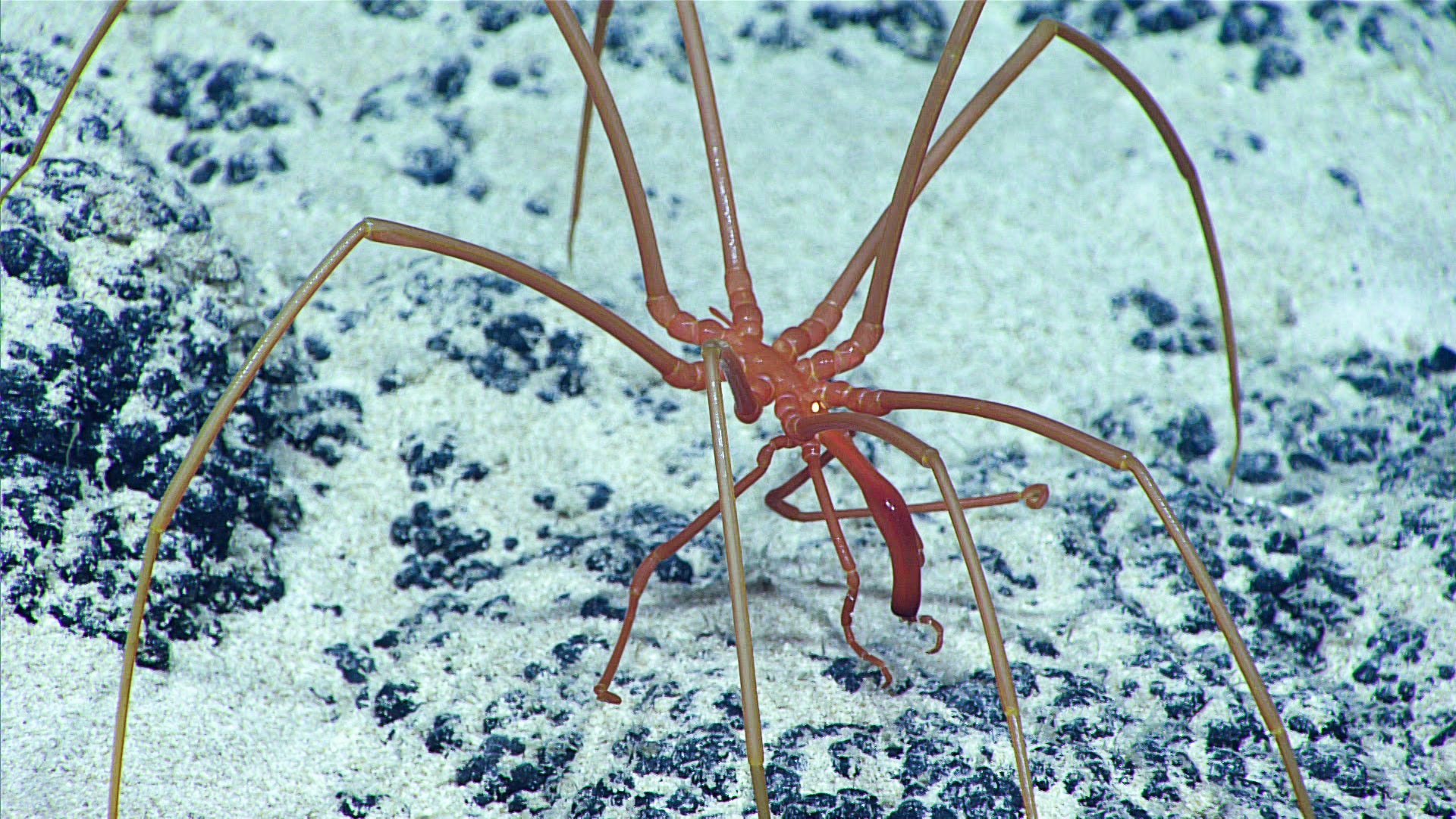
Robotic Deep Sea Explorer Uncovers Treasure Trove of Freaky Marine Life
Vessel SEA SPIDER is a fishing vessel sailing under the flag of United States of America . Her IMO number is 8308604 and MMSI number is 367727120. Main ship particulars are length of 25 m and beam of 6 m.